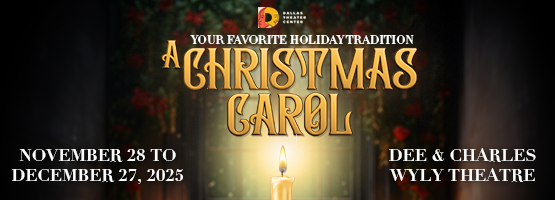Nobody can say whether Camille Saint-Saëns had an extramusical topic in mind when he cast his “Organ” Symphony as a journey from storms to blazing sunshine. Some people hear a resemblance between its main theme and a chant from the medieval Mass for the Dead, but Saint-Saens didn’t vouch for that.
Xi Wang tips her hand with her new concerto’s title: The Year 2020. The pandemic underlies Sophia Jani’s Flare, too. But just as Saint-Saens’ symphony leaves behind its initial turbulence, the new works look beyond the agitated times that generated them.
Most of us had never heard of the term coronavirus in 2019, when the Dallas Symphony and Xi Wang, who teaches composition at Southern Methodist University, began discussing a commission. She and the orchestra envisioned a concerto to feature Karen Gomyo, a young violinist who has appeared with both the Dallas and Houston symphonies. Gomyo upped the ante: She suggested a double concerto that would also spotlight a favorite collaborator of hers, Norwegian trumpeter Tine Thing Helseth.
“Instead of trying to balance them or blend them, I thought, why don’t I actually maximize the difference of these two instruments, and have two very different musical themes for the soloists?” she recalls. “Then the pandemic hit.”
“We all have our own story” about 2020, Xi Wang says. For her, as news reports of the unfolding pandemic gripped her, “it was an intense emotional journey. … The fear, the uncertainty. Anger, also, and the sadness of seeing people die. And, in a way, feeling very fragile, because so many people died. On the other side, in our hearts we also had this hope that the pandemic would be over. But we just didn’t know when.”
She struck on a musical parallel for the conflict. “I thought the (solo) violin could present the theme of humanity, our desire for love and beauty and hope,” Xi Wang explains. “And I could use the trumpet as this assertive character, to present the darkness, the alarm, the anger.”

1 ⁄3
Sophia Jani; Photo by Manuel Nieberle.

2 ⁄3
Xi Wang: Photo courtesy of DSO.

3 ⁄3
Fabio Luisi conducting the Dallas Symphony Orchestra. Photo by Sylvia Elzafon, courtesy of Dallas Symphony Orchestra.
When conductor Fabio Luisi and the orchestra give The Year 2020 its world premiere, “I just hope the music echoes with the audience in a way—that everybody can find an emotion they experienced in 2020 in my year 2020,” Xi Wang says. “Life is so beautiful … and the world is so hopeful. Going through that process, I’m so grateful for everything about being a human being.”
Sophia Jani, who last fall began a two-year stint as the Dallas Symphony’s composer in residence, composed her eight-minute Flare as the pandemic was subsiding. “Things kind of were getting back to normal, but … there was still a great deal of uncertainty in the air,” she recalls via email from her home in Germany.
“I wanted to write a personal, celebratory piece for this group of fellow sufferers who had endured so much uncertainty and had not been able to make music in larger groups for quite some time,” Jani continues. In a New Haven bookstore, she stumbled across a collection by poet Mary Oliver, who was new to her. Jani was struck by a “beautiful, short, simple passage” from Oliver’s Flare:
“Did you know that the ant has a tongue
with which to gather in all that it can
of sweetness?
Did you know that?”
Borrowing the poem’s title, Jani’s Flare “is about taking it all in and enjoying it, and maybe also about finding solace and a home in music,” she says. “I hope that resonates with players and audiences alike.”
—STEVEN BROWN





